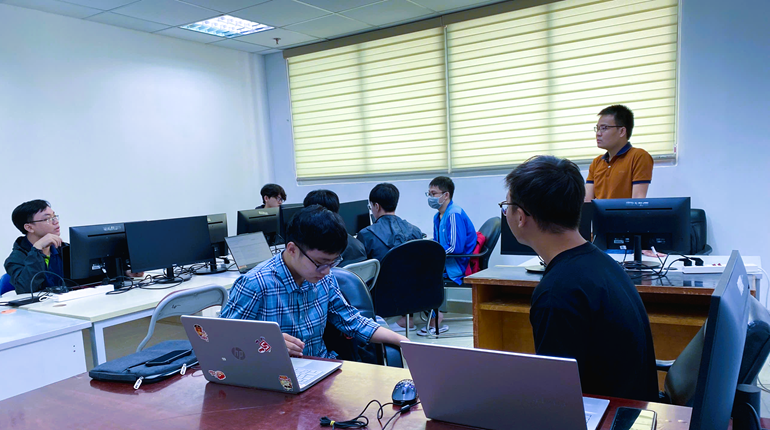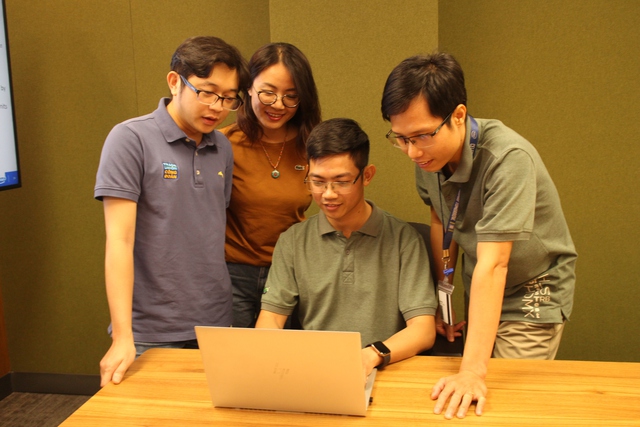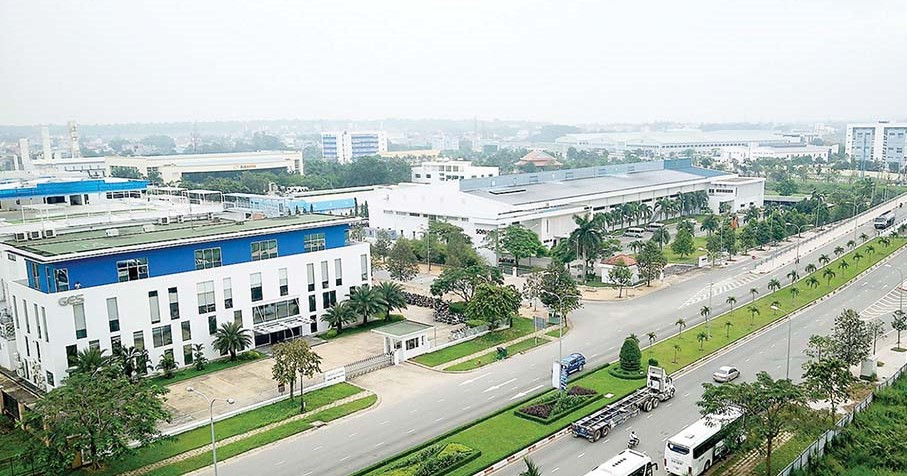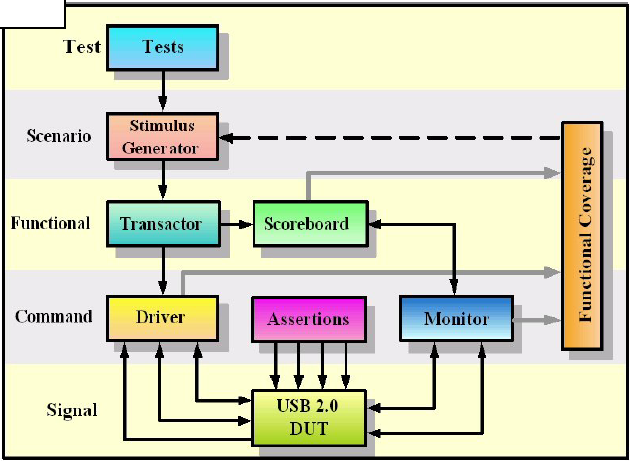
Verilog was started initially as a proprietary hardware modeling language by Gateway Design Automation Inc. around 1984.
It is rumored that the original language was designed by taking features from the most popular HDL language of the time, called HiLo, as well as from traditional computer languages such as C. At that time, Verilog was not standardized and the language modified itself in almost all the revisions that came out within 1984 to 1990.
Verilog simulator was first used beginning in 1985 and was extended substantially through 1987. The implementation was the Verilog simulator sold by Gateway. The first major extension was Verilog-XL, which added a few features and implemented the infamous "XL algorithm" which was a very efficient method for doing gate-level simulation. |
The time was late 1990. Cadence Design System, whose primary product at that time included Thin film process simulator, decided to acquire Gateway Automation System. Along with other Gateway products, Cadence now became the owner of the Verilog language, and continued to market Verilog as both a language and a simulator. At the same time, Synopsys was marketing the top-down design methodology, using Verilog. This was a powerful combination. |
In 1990, Cadence recognized that if Verilog remained a closed language, the pressures of standardization would eventually cause the industry to shift to VHDL. Consequently, Cadence organized the Open Verilog International (OVI), and in 1991 gave it the documentation for the Verilog Hardware Description Language. This was the event which "opened" the language. |
Soon it was realized that if there were too many companies in the market for Verilog, potentially everybody would like to do what Gateway had done so far - changing the language for their own benefit. This would defeat the main purpose of releasing the language to public domain. As a result in 1994, the IEEE 1364 working group was formed to turn the OVI LRM into an IEEE standard. This effort was concluded with a successful ballot in 1995, and Verilog became an IEEE standard in December 1995. When Cadence gave OVI the LRM, several companies began working on Verilog simulators. In 1992, the first of these were announced, and by 1993 there were several Verilog simulators available from companies other than Cadence. The most successful of these was VCS, the Verilog Compiled Simulator, from Chronologic Simulation. This was a true compiler as opposed to an interpreter, which is what Verilog-XL was. As a result, compile time was substantial, but simulation execution speed was much faster. In the meantime, the popularity of Verilog and PLI was rising exponentially. Verilog as a HDL found more admirers than well-formed and federally funded VHDL. It was only a matter of time before people in OVI realized the need of a more universally accepted standard. Accordingly, the board of directors of OVI requested IEEE to form a working committee for establishing Verilog as an IEEE standard. The working committee 1364 was formed in mid 1993 and on October 14, 1993, it had its first meeting.
After many years, new features have been added to Verilog, and the new version is called Verilog 2001. This version seems to have fixed a lot of problems that Verilog 1995 had. This version is called 1364-2001. Bạn Có Đam Mê Với Vi Mạch hay Nhúng - Bạn Muốn Trau Dồi Thêm Kĩ Năng Mong Muốn Có Thêm Cơ Hội Trong Công Việc Và Trở Thành Một Người Có Giá Trị Hơn Bạn Chưa Biết Phương Thức Nào Nhanh Chóng Để Đạt Được ChúngHãy Để Chúng Tôi Hỗ Trợ Cho Bạn. SEMICON |

















